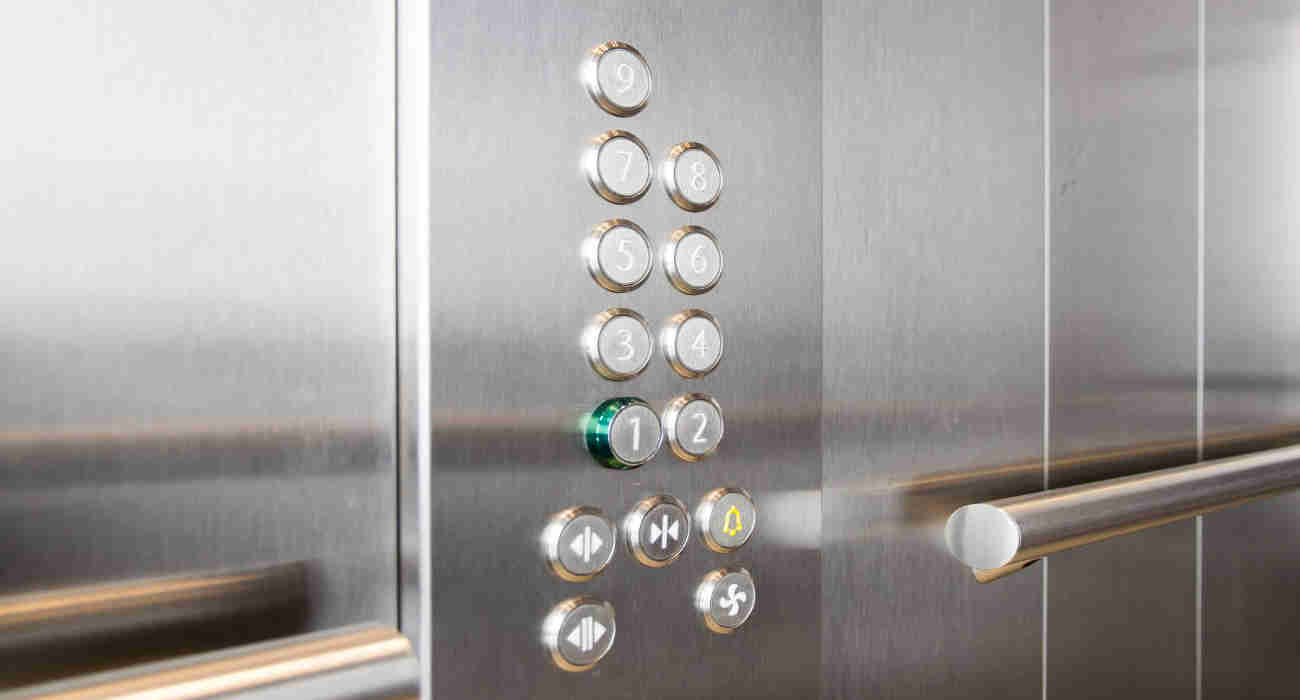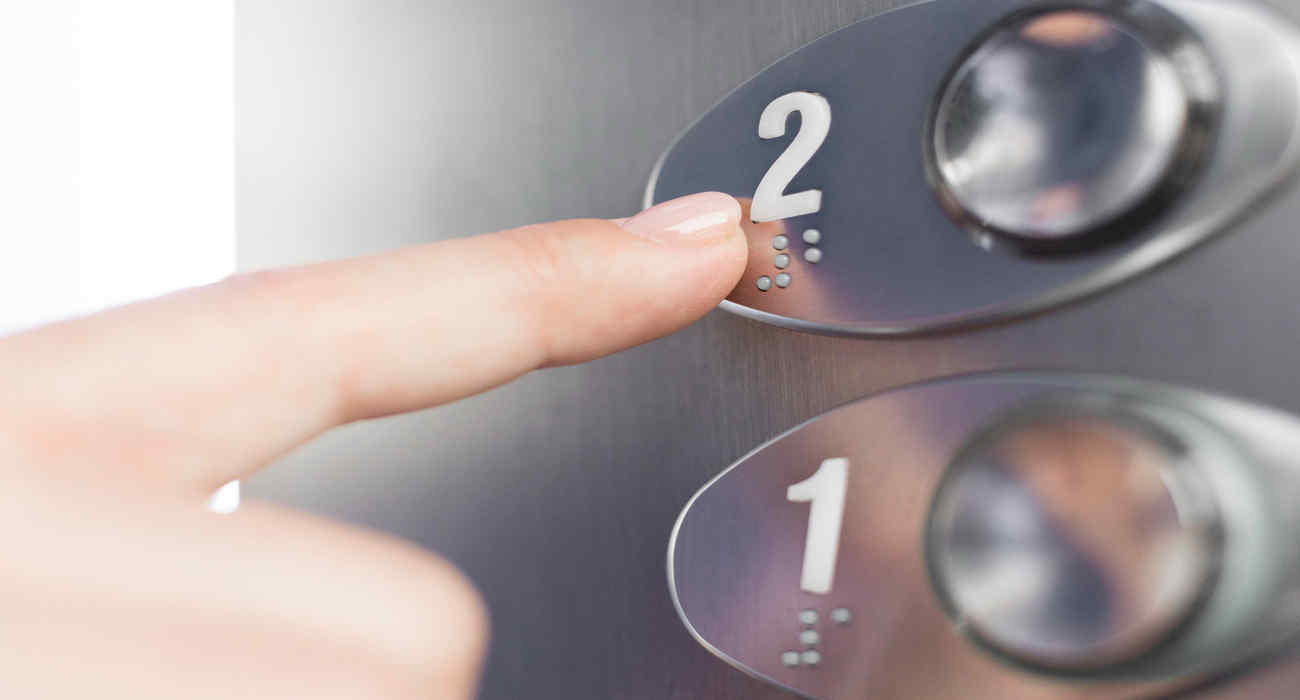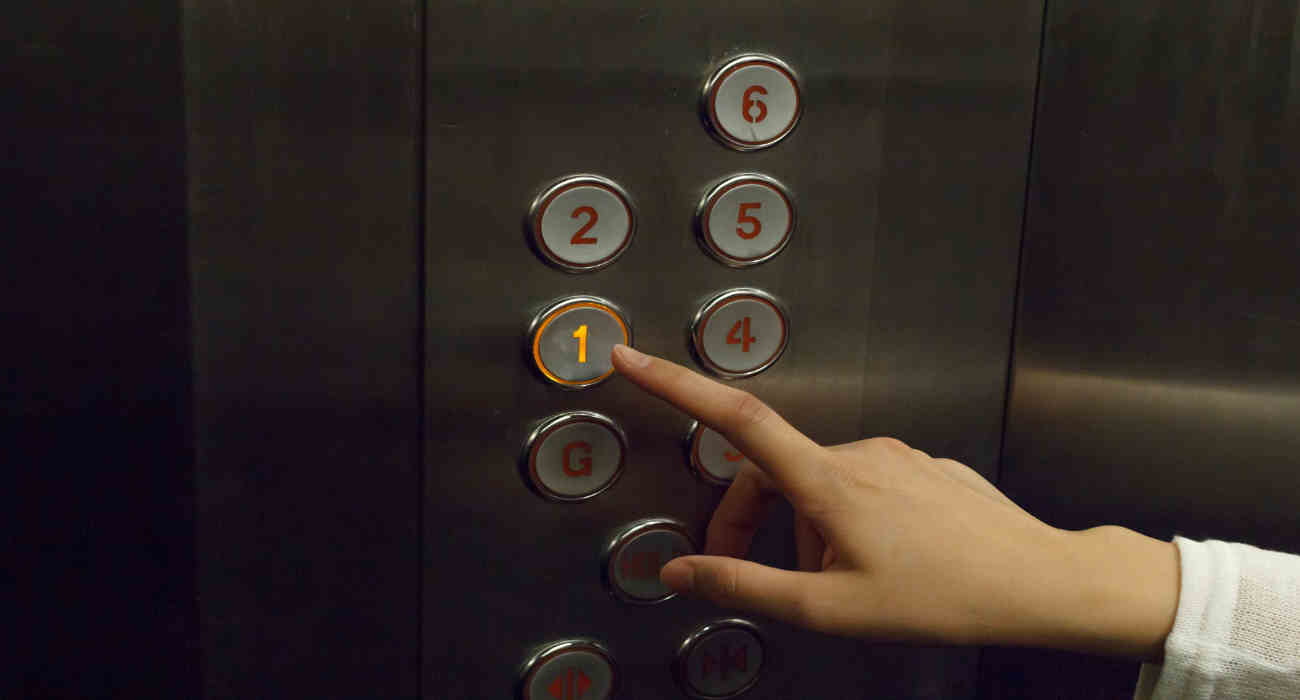
Are you an elevator user? If so, have you ever considered the buttons you push while in the car – and how many times they are used in your building? With technological advancements, it’s astonishing to think of just how far elevator systems have come. But even more impressive is the number of people who touch and interact with these elevator buttons daily.
From going up single floors or travelling between separate buildings, everyone has stories about their experiences with pressing those little round call buttons – but we wanted to take a closer look at what this means from a usage perspective within each facility.
Today’s blog post explores the most commonly used elevator buttons and why they make sense for your building and its occupants!
Understanding the Basics
Elevator buttons, often called “floor buttons,” interface passengers and the elevator system. They come in various shapes, sizes, and designs, but their primary function remains to indicate the desired floor and initiate the elevator’s movement.
Types of Elevator Buttons
- Standard Buttons: These are the most common elevator buttons, featuring numbers corresponding to each floor. Passengers press the button for their desired floor.
- Braille Buttons: Designed for visually impaired individuals, these buttons have Braille markings alongside the floor numbers, ensuring accessibility for all.
- Touchless Technology: In the post-pandemic world, touchless technology is gaining prominence. Elevators now have proximity sensors, allowing passengers to select their floor without touching the buttons.
- Smart Elevators: With the advent of smart technology, elevators have become more intuitive. Some buildings now use smartphone apps to call elevators, reducing wait times and increasing efficiency.
Read more: Understanding Elevator and Escalator: A Comprehensive Guide
Behind the Scenes: How Elevator Buttons Work
Have you ever wondered how pressing a button can make an elevator move? The magic happens behind the scenes, where a complex system ensures your ride is smooth and safe.

Signal Transmission
When a passenger presses a button, an electrical signal is sent to the elevator’s control system. This signal is processed, and the elevator’s computer determines the most efficient route to the selected floor.
Elevator Logic
Modern elevators use advanced algorithms to optimize their operation. They consider factors like the number of passengers, the weight in the elevator car, and the number of stops to ensure a quick and efficient ride.
The Evolution of Elevator Buttons
Elevator buttons have come a long way since their inception. Early elevators had manual operators who manually controlled the lift. The introduction of automated elevators marked a significant shift, with buttons becoming a key feature.

Touchless Technology
In the post-pandemic world, touchless technology is gaining prominence. Elevators now have proximity sensors, allowing passengers to select their floor without touching the buttons.
Smart Elevators
With the advent of smart technology, elevators have become more intuitive. Some buildings now use smartphone apps to call elevators, reducing wait times and increasing efficiency.
Elevator Buttons: A Daily Necessity

Elevator buttons may seem minor, but they are crucial daily. Imagine navigating a towering skyscraper without them – it would be daunting.
Traffic Control
In high-rise buildings, elevators need to manage heavy traffic efficiently. Advanced elevator systems use algorithms to distribute passengers among elevators, reducing wait times and congestion.
Accessibility and Inclusivity
Elevator buttons are designed to be inclusive. Braille markings, tactile feedback, and audio cues ensure everyone can use elevators independently, regardless of their abilities.
Safety Measures
Lift buttons also incorporate safety features. In emergencies, buttons like “Alarm” and “Emergency Stop” can be vital in summoning help or halting the elevator’s movement.
Conclusion
After reading this blog post, we hope our readers are now more aware of the potential risks associated with elevator buttons and the importance of frequently disinfecting them upon use. From being a small part of our daily routine, we can appreciate how much control those small buttons have over people’s lives—moving forward, consistently cleaning these surfaces while in the elevator is wise.
Doing so can help prevent the transfer of germs and increase hygienic safety for all who enter. To conclude this post, let us leave you with this reminder: remember to press the ‘stop’ button, press your floor number, and press’ start’ before leaving your building!
We hope you found all the information we presented useful and that it has encouraged you to pay more attention to that commonly used yet often overlooked.
FAQs
Q1. What are the buttons on an elevator called?
- The buttons on an elevator are typically referred to as “elevator buttons” or “floor buttons.” They allow passengers to select the desired floor for their ride.
Q2. Is there a reason why elevator buttons are round?
- Elevator buttons come in various shapes, including round, square, or rectangular. The choice of shape may vary by elevator design and manufacturer. There is no specific reason they are round, but it’s a common and ergonomic choice.
Q3. What is the purpose of the hold button on an elevator?
- If available, the “Hold” button temporarily stops the elevator at a floor without opening the doors. Maintenance personnel or building staff often use it to access the elevator for service or cleaning without interrupting its regular operation.
Q4. Why can’t buttons on an elevator be deselected?
- Lift buttons are typically designed to be pressed once to register a floor request. Selecting a floor can be challenging as it requires a mechanism to cancel the request, which could lead to confusion and disrupt the efficient operation of the elevator.
Q5. Is it rude to press all the buttons on an elevator?
- Yes, pressing all the buttons in an elevator is rude and inconsiderate. Doing so can cause significant delays for other passengers and disrupt the normal operation of the elevator.
Q6. Why is there no undo button in lifts?
- Elevators are designed for simplicity and safety. Including an “undo” button could introduce complexities and potential safety hazards. Elevator systems are optimized for efficiency and reliability, and undoing a button press would complicate their operation.
Q7. Can I press the elevator button repeatedly?
- Repeatedly pressing the Lift button does not make the elevator arrive faster. It registers your floor request once, and additional presses will not speed up the process. It’s best to press the button once and wait patiently for the elevator to arrive.

